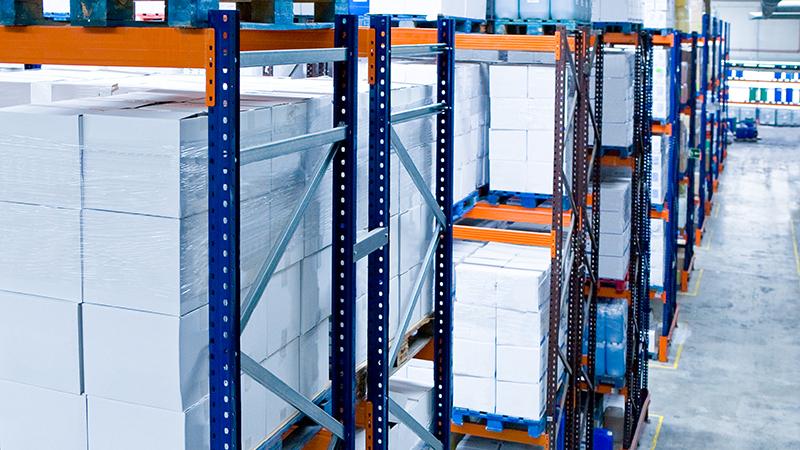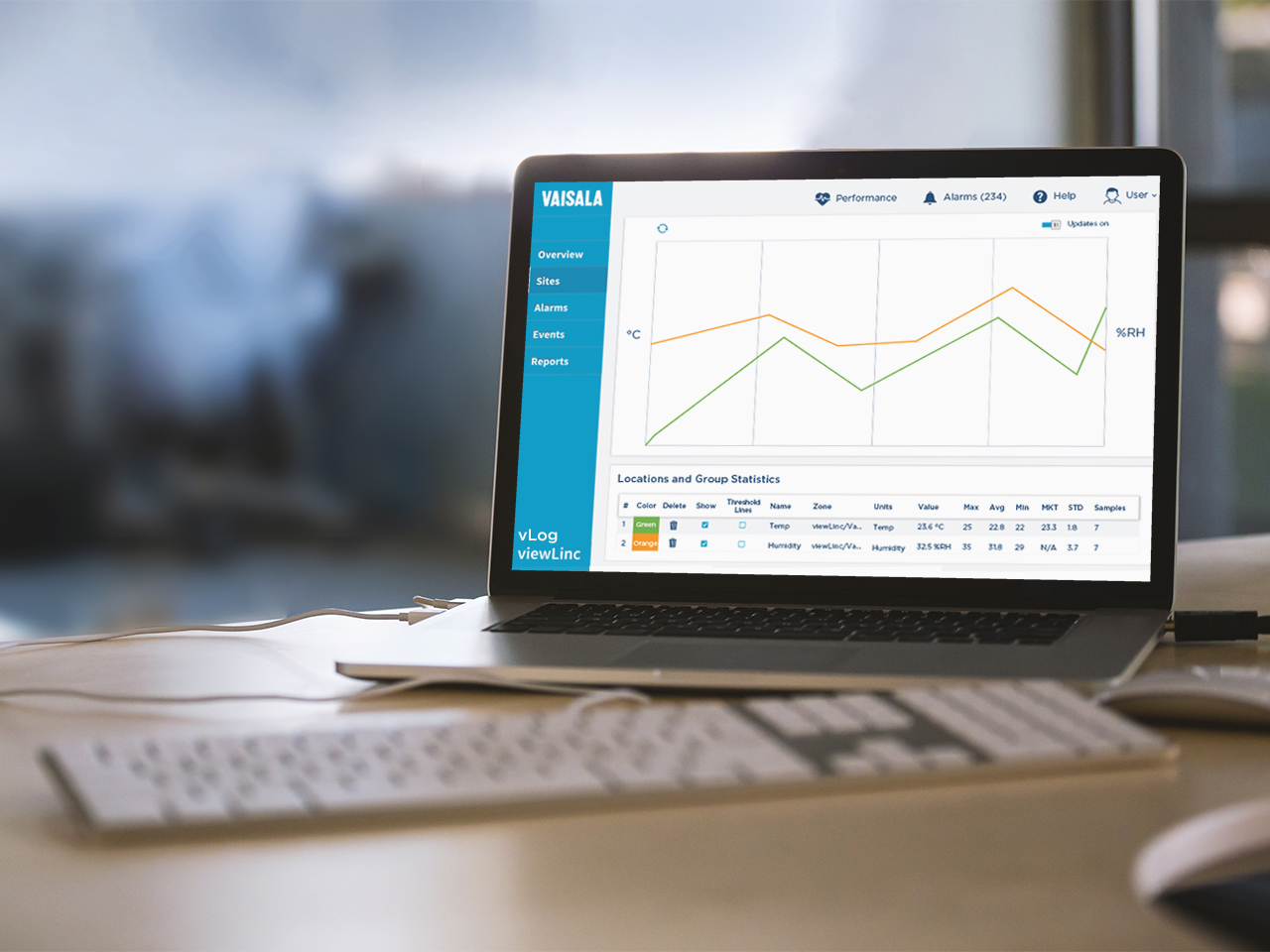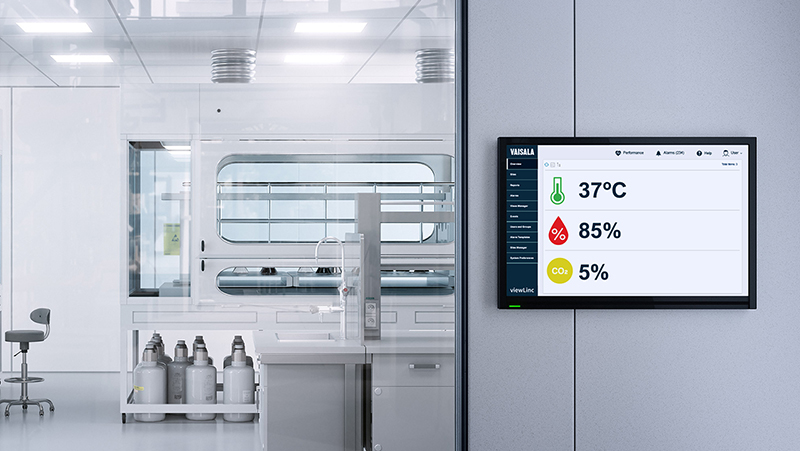Mapping Sensors: When do shelf changes require a new study?
Recently, I received a question from an attendee of our webinar "Mastering Temperature Mapping."
Dear Paul,
For small chambers (upright freezers or incubators), we qualify the unit with empty and max load studies. To meet the minimum requirement, we place 10 temperature sensors within the chamber—one in each corner, one in the center, and one near the control probe.
But, do we need to redo the max load study if the shelf configuration inside the chamber changes, for example, changing from five shelves to four?”
My short answer is... maybe.
The original sensor placement, as described, doesn’t account for the shelves themselves. If the shelves are wire racks, airflow may not be significantly impacted. But it’s not just about the shelves—it’s about the product sitting on those shelves.
Here are a few key questions I would answer in deciding whether to requalify:
- Did the maximum load actually change, or was it just redistributed among a different number of shelves?
- What type of equipment is it? Freezers and incubators behave very differently.
- Are the shelves solid or wire? Solid shelves can restrict airflow, especially in incubators that rely on air circulation.
Let’s break it down by application.
Freezers
Freezers generally have wider temperature tolerances and often rely on conduction more than airflow. Most have wire shelves and tend to perform better when more thermal mass is present (i.e., more product). A slight change in shelf configuration is less likely to impact performance significantly.
Incubators
Incubators, on the other hand, usually have much narrower temperature ranges and rely heavily on airflow for thermal uniformity. They often have solid shelves, which can restrict that airflow, making shelf placement and loading patterns more critical. Any change in configuration or loading could affect performance and may warrant requalification.
So, What’s the Verdict?
This question is a good one—and it merits investigation, particularly for incubators. Before launching into re-mapping, I would evaluate whether the changes affect load distribution, airflow, or thermal uniformity. Start by reviewing your risk assessment and qualification rationale, and look closely at how the equipment operates under the new configuration.





Add new comment